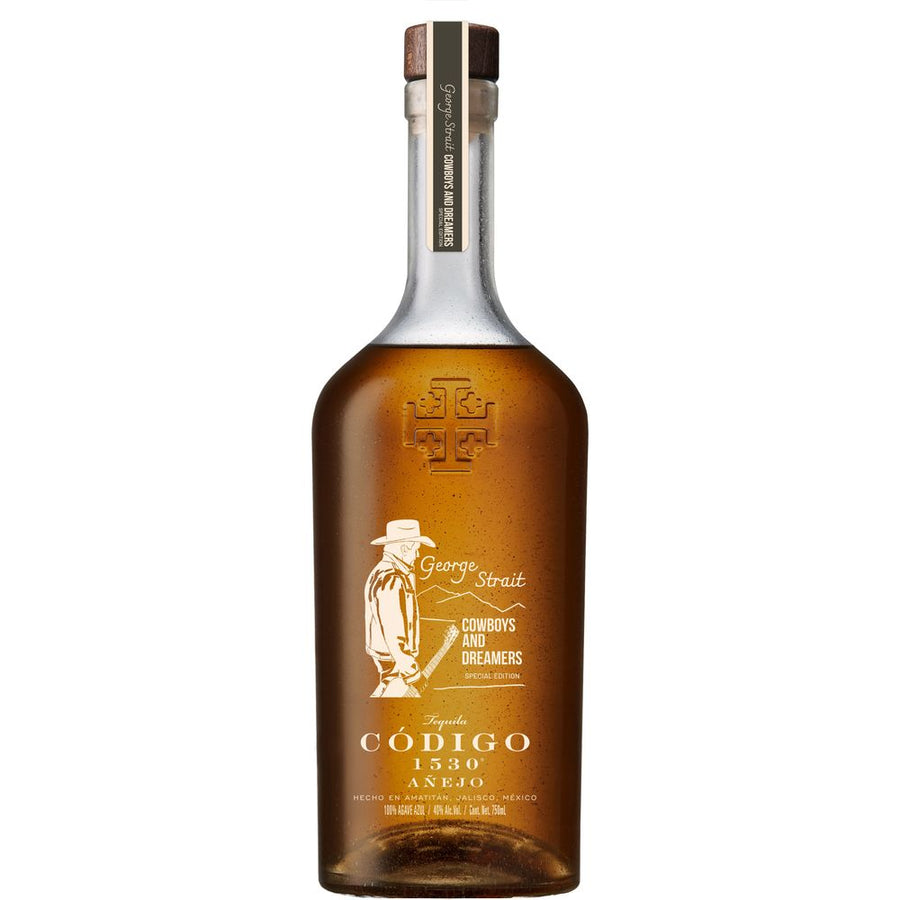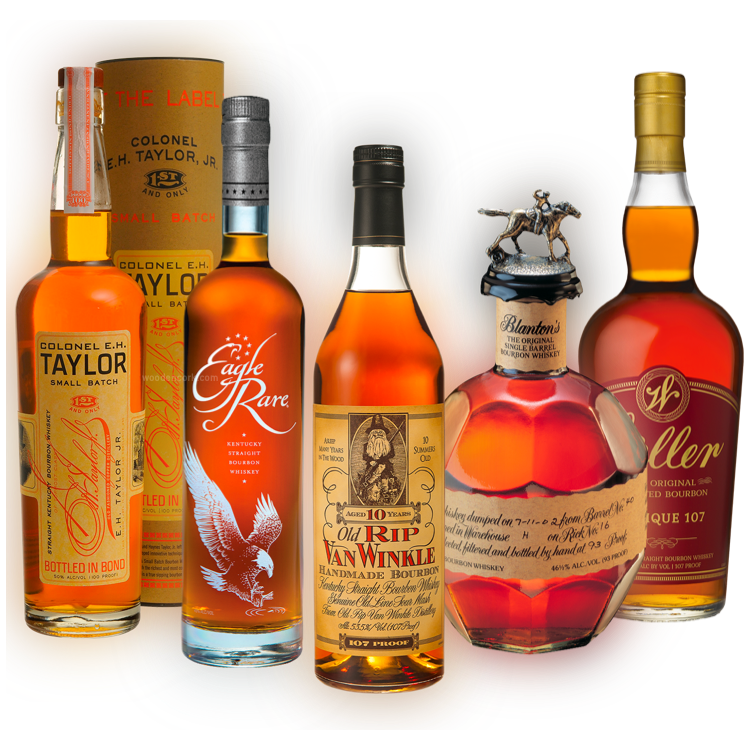Paul Feig publishes cocktail guide
Hollywood director Paul Feig has released a cocktail and lifestyle guide called Cocktail Time! The Ultimate Guide to Grown-up Fun.
Cocktail Time! is Feig’s love letter to the aesthetics and culture that surrounds cocktails. In the forward, Feig addresses his ‘fellow grown-ups’, explaining his relationship with cocktail culture and the inspiration behind the book: “To me, cocktails are more than just drinks. "They’re about having great conversations with friends. They’re about putting on your best clothes and throwing a smart gathering or heading to your favourite bar and having an interesting chat with the bartender. “And they’re about staying home, mixing a drink and sipping it in a beautiful glass as you watch a great old movie by yourself.” Feig continues: “I put it all here in Cocktail Time! – how to make the drinks, how to throw the parties, what music to play, what glassware you need, and more. “Cocktail Time! covers everything from classic drinks and variations on them, to my own original concoctions such as the Feigtini and various holiday-themed cocktails, as well as recipes from some of my film and TV industry friends.” The guide features 125 cocktail recipes, each of which is served alongside humorous stories about Feig’s Hollywood life. It includes drinks inspired by Feig’s movie Bridesmaids, such as the Fritz Bernaise (AKA Shittin’ in the Street) made with gin, midori melon liqueur, lime juice and a cocktail cherry, as well as recipes supplied by the cast of The Office, including Jenna Fischer, known for playing Pam Beasley in the US sitcom. The book is dedicated to “To Laurie, the Tipsy to my Funcle, and Alessandro Palazzi, the maestro of the Martini”. Cocktail Time! is published by William Morrow, an imprint of Harper Collins. It is available to purchase for RRP £22 (US$26.44) from 24 November. Feig launched his own gin brand, Artingstall’s London Dry, in 2020. It features 11 botanicals, and is packaged in a bottle inspired by the decanters of the 1950s and ’60s – a nod to Feig’s interest in vintage glassware, which he talks about in the book.



